The Philippines is well-known for its rich biodiversity, boasting an array of tropical flora and fauna. Among the country’s natural resources lies a treasure trove of uncommon herbal plants that offer unique therapeutic benefits. In recent years, there has been a growing interest in these lesser-known plants, both locally and globally, as people embrace natural remedies for various ailments. In this article, we delve into some of these uncommon herbal plants in the Philippines and their potential business opportunities. 1. Lagundi (Vitex negundo): Lagundi is a shrub indigenous to the Philippines and recognized for its potent medicinal properties.
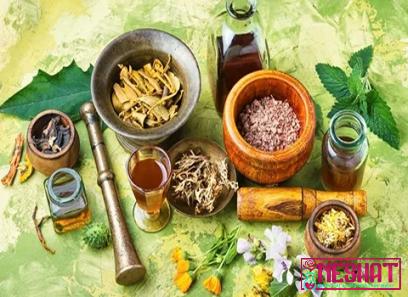
.
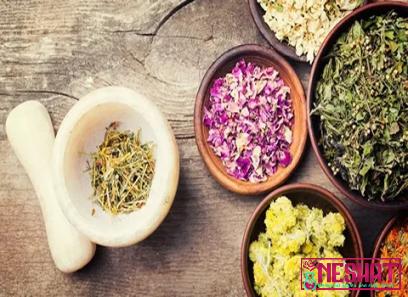 Traditionally used for relieving coughs, asthma, and other respiratory problems, lagundi is now gaining attention globally. Its leaves contain active compounds with expectorant, anti-inflammatory, and antispasmodic effects. With increasing demand for natural respiratory remedies, lagundi-based products such as capsules, teas, and tinctures hold promising business potential. 2. Yerba Buena (Clinopodium douglasii): Yerba Buena, also known as “Good Herb,” is a mint-like plant native to the Philippines. Its leaves possess analgesic and anti-inflammatory properties, making it an effective remedy for headaches, muscle pains, and digestive disorders. Yerba Buena tea and oil-infused products can cater to the rising demand for natural pain relievers and complementary therapies, driving business opportunities.
Traditionally used for relieving coughs, asthma, and other respiratory problems, lagundi is now gaining attention globally. Its leaves contain active compounds with expectorant, anti-inflammatory, and antispasmodic effects. With increasing demand for natural respiratory remedies, lagundi-based products such as capsules, teas, and tinctures hold promising business potential. 2. Yerba Buena (Clinopodium douglasii): Yerba Buena, also known as “Good Herb,” is a mint-like plant native to the Philippines. Its leaves possess analgesic and anti-inflammatory properties, making it an effective remedy for headaches, muscle pains, and digestive disorders. Yerba Buena tea and oil-infused products can cater to the rising demand for natural pain relievers and complementary therapies, driving business opportunities.
..
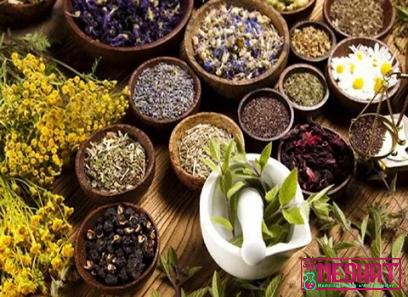 3. Sambong (Blumea balsamifera): Sambong is a shrub native to the Philippines that has long been used in traditional medicine. Its leaves are known for their diuretic and antibacterial properties, making it a popular remedy for urinary tract infections and kidney stones. With the growing awareness of the harmful effects of synthetic diuretics, Sambong-based supplements and teas have the potential to tap into the natural diuretic market. 4. Samod (Erythrina variegata): Samod, also known as the Oceanic Coral Tree, is a flowering plant native to the Philippines. Its bark and flowers are used in traditional medicine for their antimicrobial, anti-inflammatory, and analgesic properties. Samod-based cosmetics, creams, and ointments could cater to the increasing demand for holistic skincare products, providing an opportunity for investors in the beauty and wellness industry.
3. Sambong (Blumea balsamifera): Sambong is a shrub native to the Philippines that has long been used in traditional medicine. Its leaves are known for their diuretic and antibacterial properties, making it a popular remedy for urinary tract infections and kidney stones. With the growing awareness of the harmful effects of synthetic diuretics, Sambong-based supplements and teas have the potential to tap into the natural diuretic market. 4. Samod (Erythrina variegata): Samod, also known as the Oceanic Coral Tree, is a flowering plant native to the Philippines. Its bark and flowers are used in traditional medicine for their antimicrobial, anti-inflammatory, and analgesic properties. Samod-based cosmetics, creams, and ointments could cater to the increasing demand for holistic skincare products, providing an opportunity for investors in the beauty and wellness industry.
…
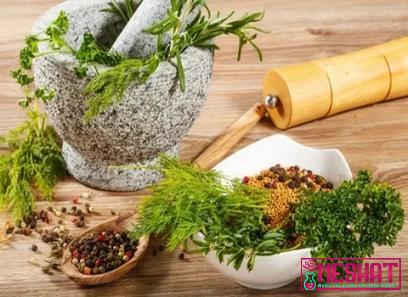 5. Tsaang Gubat (Carmona retusa): Tsaang Gubat, often referred to as “Wild Tea,” is a shrub native to the Philippines with significant antimicrobial and anti-inflammatory properties. Traditionally consumed as a tea for stomach ailments and diarrhea, Tsaang Gubat is gaining popularity as an herbal alternative to over-the-counter medications for digestive disorders. This surge in demand opens avenues for entrepreneurs to develop Tsaang Gubat-based tea blends and gastrointestinal health supplements. Conclusion: The abundant biodiversity in the Philippines offers an array of uncommon herbal plants with diverse therapeutic benefits. As individuals increasingly turn toward natural remedies, the demand for products derived from these plants is on the rise. Entrepreneurs and investors keen on the herbal industry can explore business opportunities by harnessing the unique medicinal qualities of these uncommon herbal plants. However, it is essential to prioritize sustainable cultivation methods and ethical sourcing to preserve the country’s natural heritage and promote a thriving herbal ecosystem.
5. Tsaang Gubat (Carmona retusa): Tsaang Gubat, often referred to as “Wild Tea,” is a shrub native to the Philippines with significant antimicrobial and anti-inflammatory properties. Traditionally consumed as a tea for stomach ailments and diarrhea, Tsaang Gubat is gaining popularity as an herbal alternative to over-the-counter medications for digestive disorders. This surge in demand opens avenues for entrepreneurs to develop Tsaang Gubat-based tea blends and gastrointestinal health supplements. Conclusion: The abundant biodiversity in the Philippines offers an array of uncommon herbal plants with diverse therapeutic benefits. As individuals increasingly turn toward natural remedies, the demand for products derived from these plants is on the rise. Entrepreneurs and investors keen on the herbal industry can explore business opportunities by harnessing the unique medicinal qualities of these uncommon herbal plants. However, it is essential to prioritize sustainable cultivation methods and ethical sourcing to preserve the country’s natural heritage and promote a thriving herbal ecosystem.

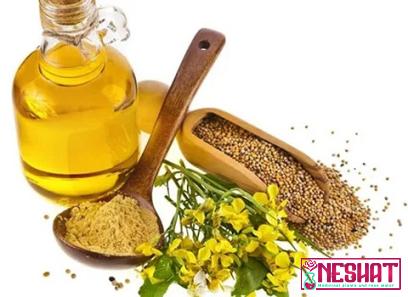
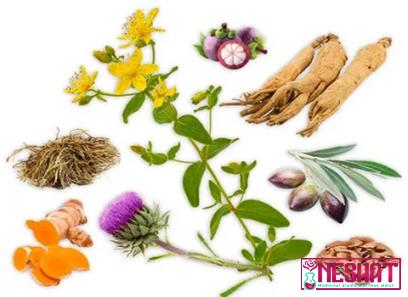
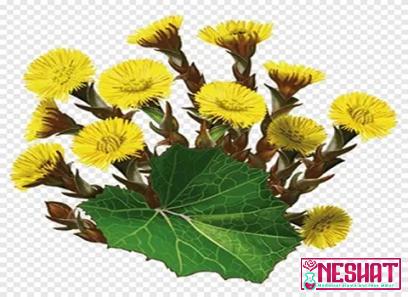
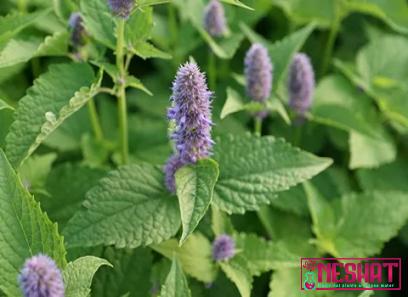
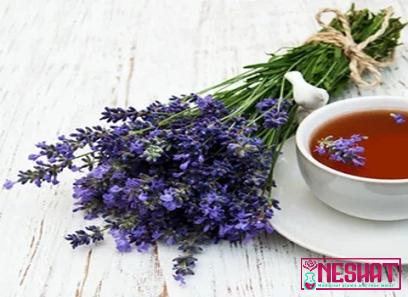
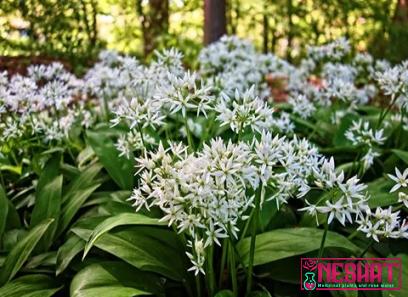


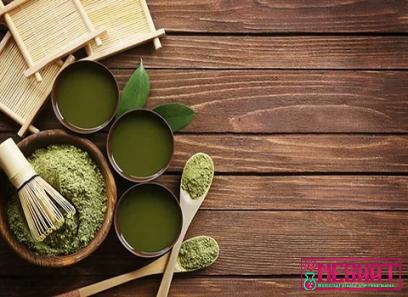
Your comment submitted.